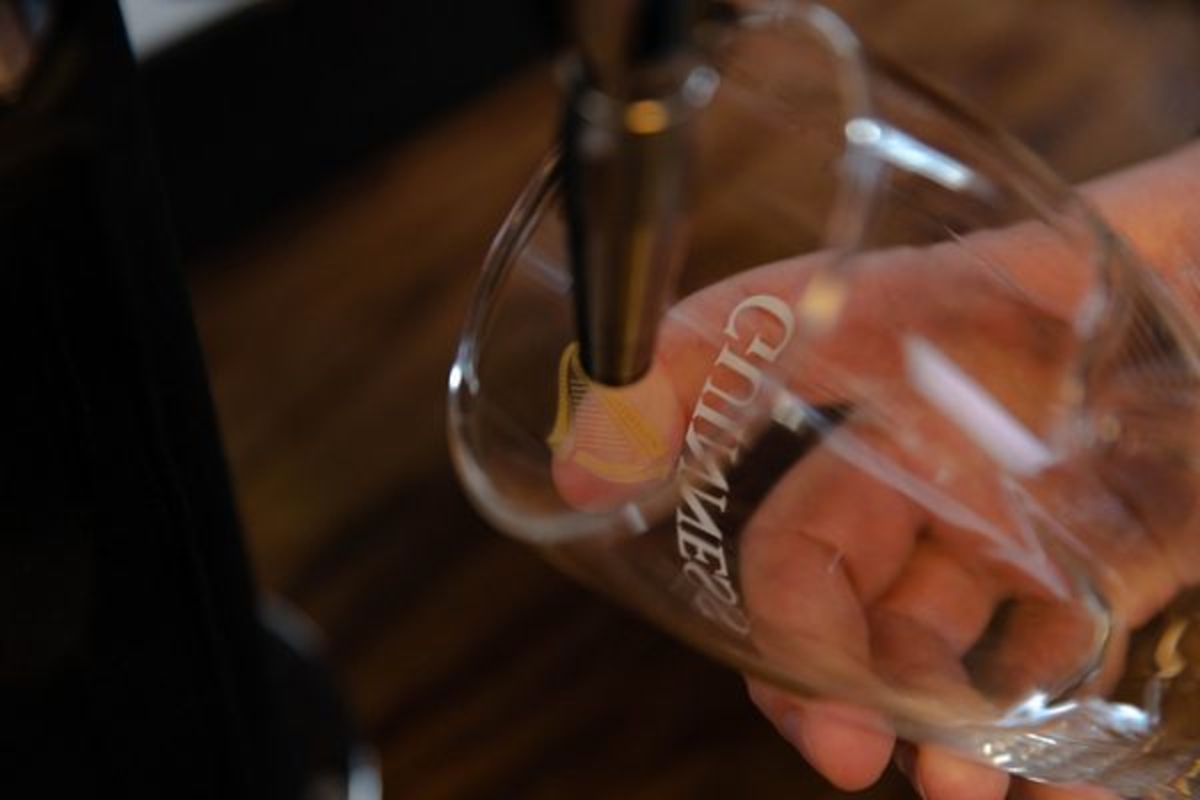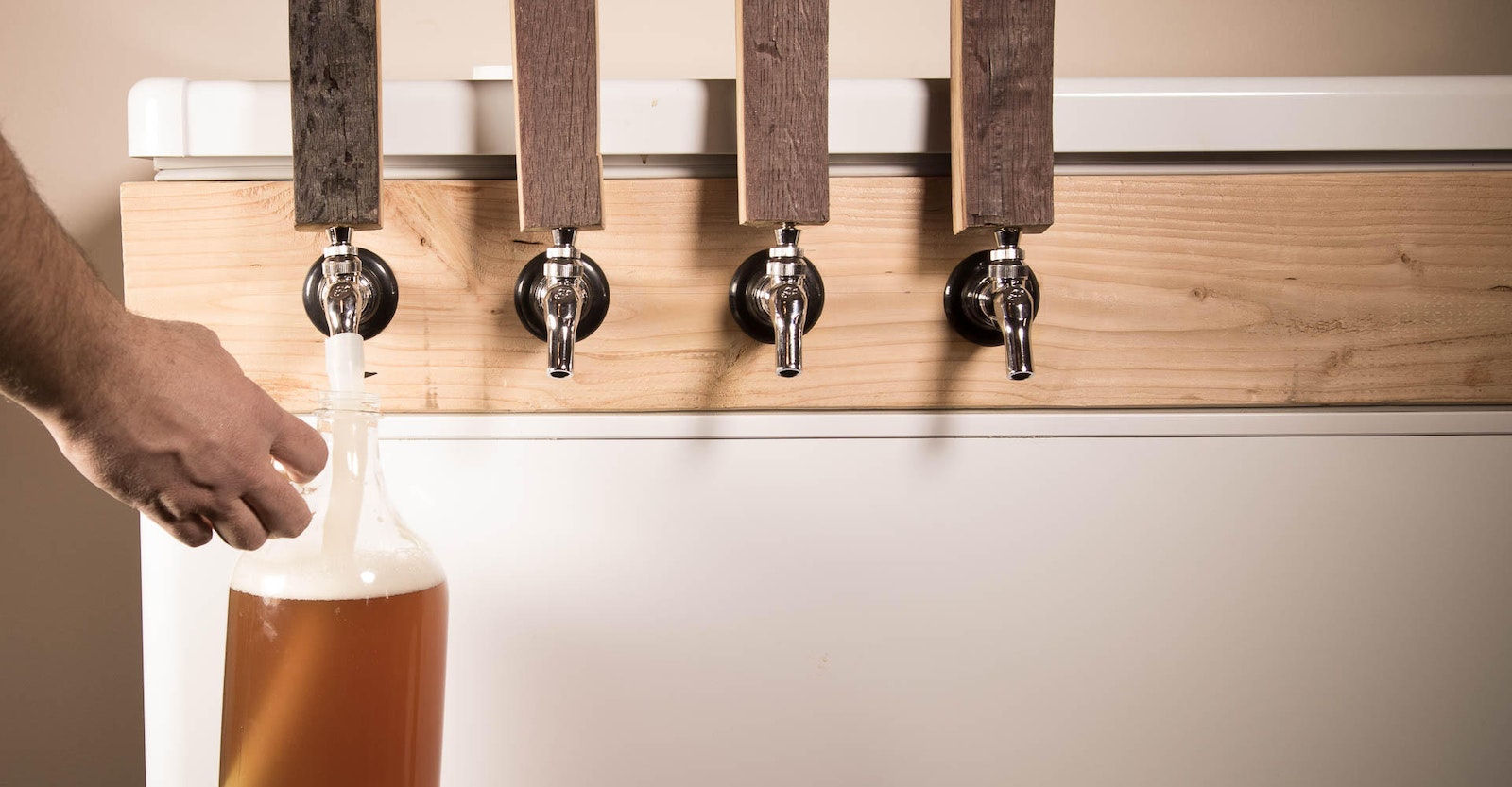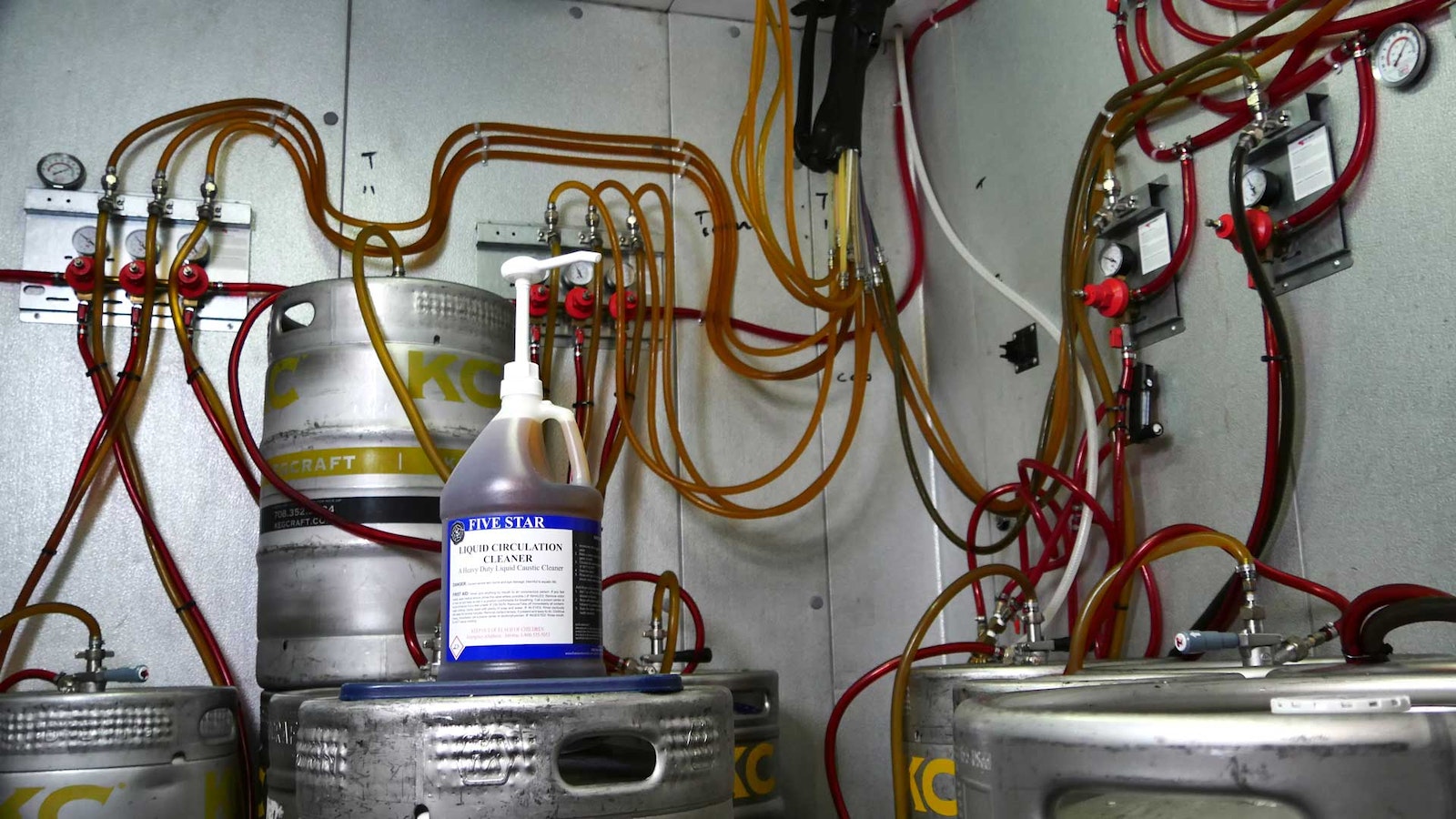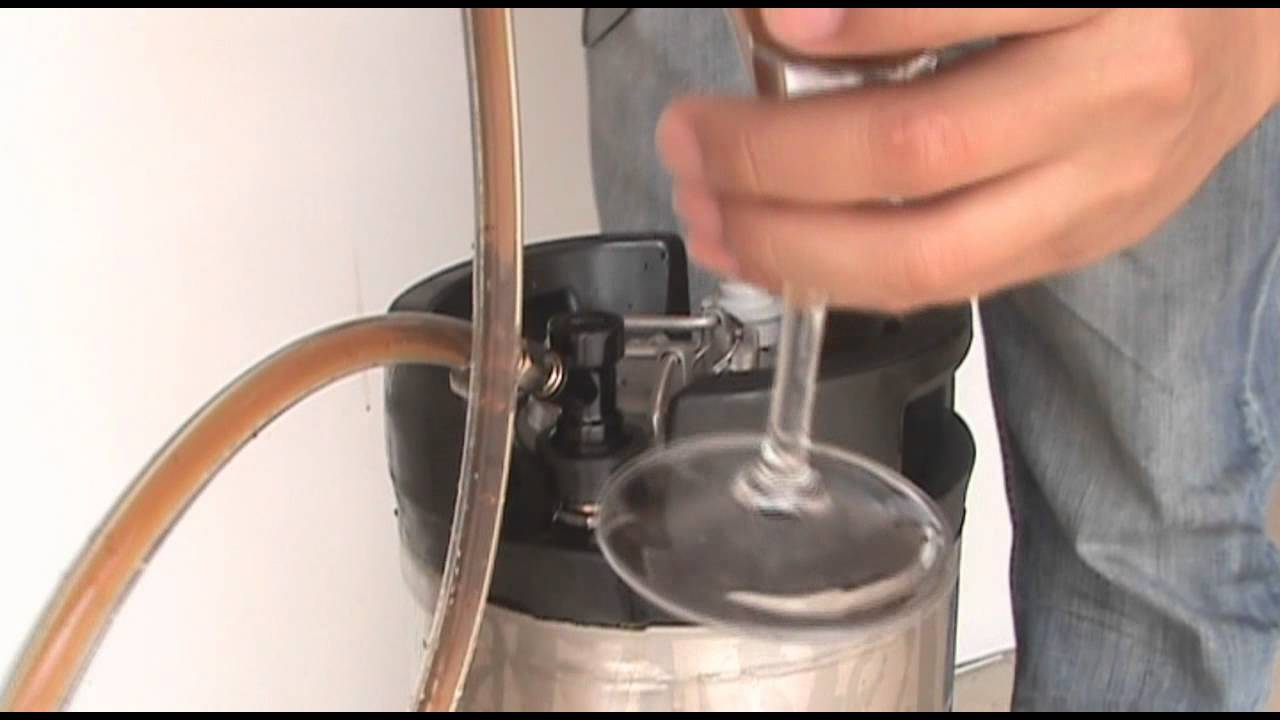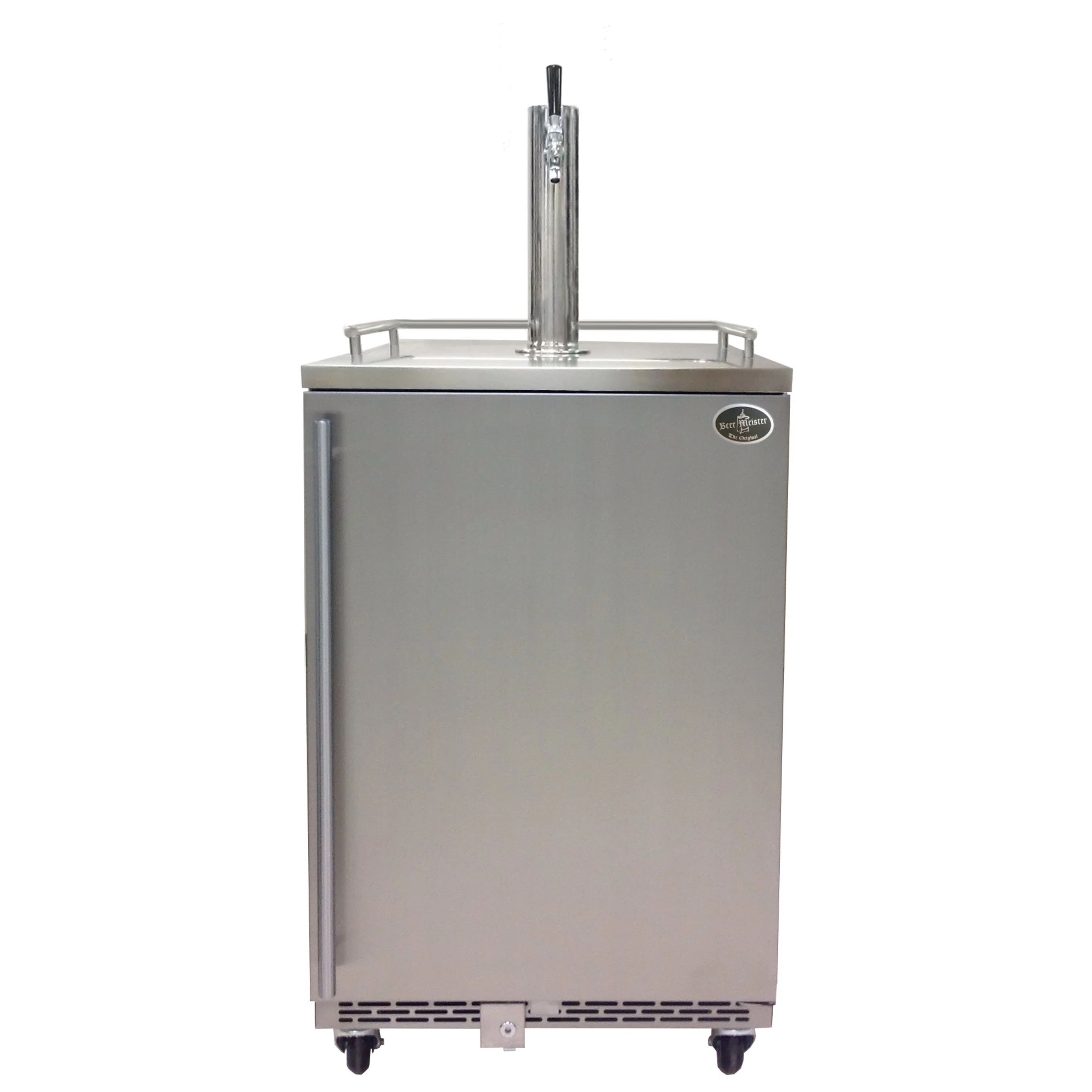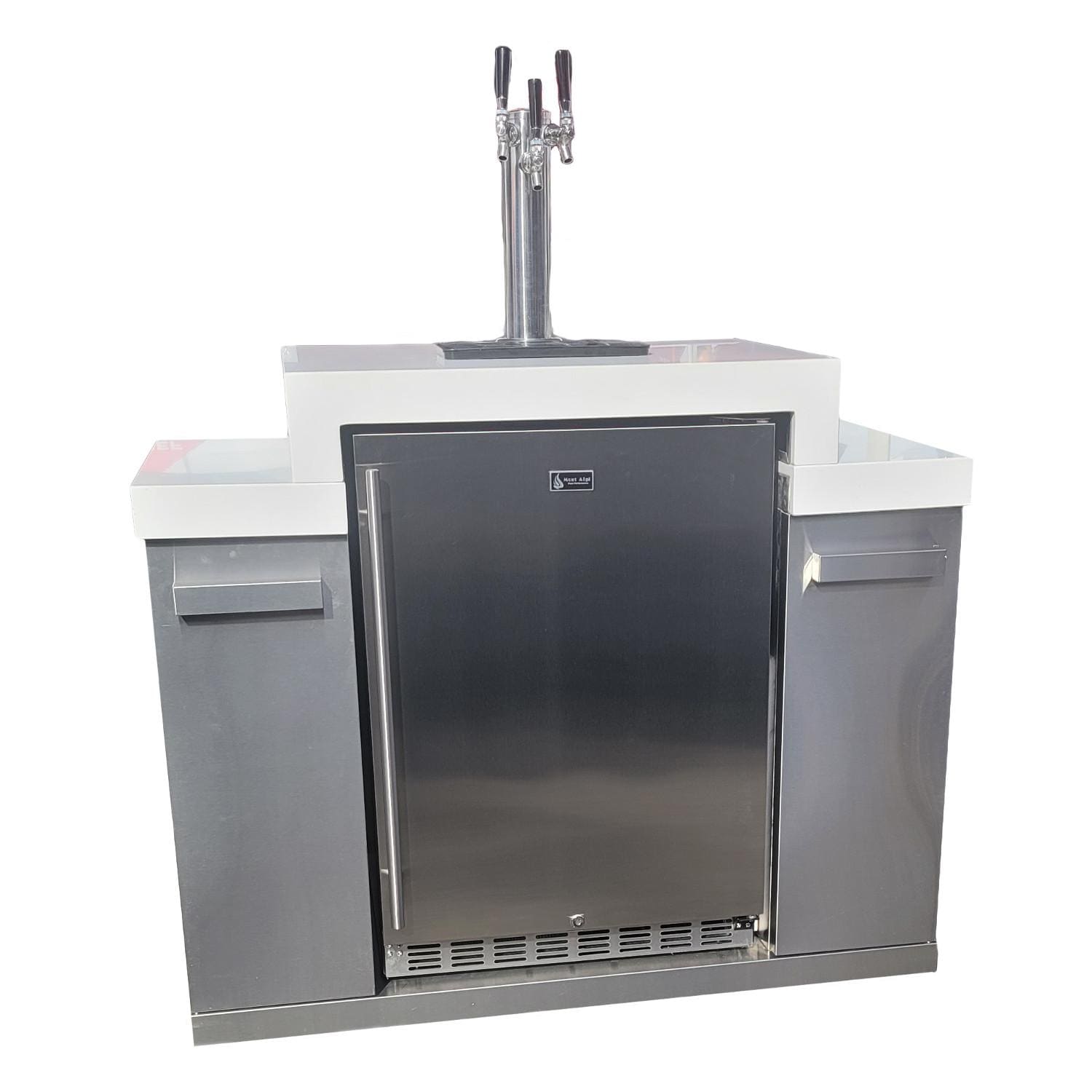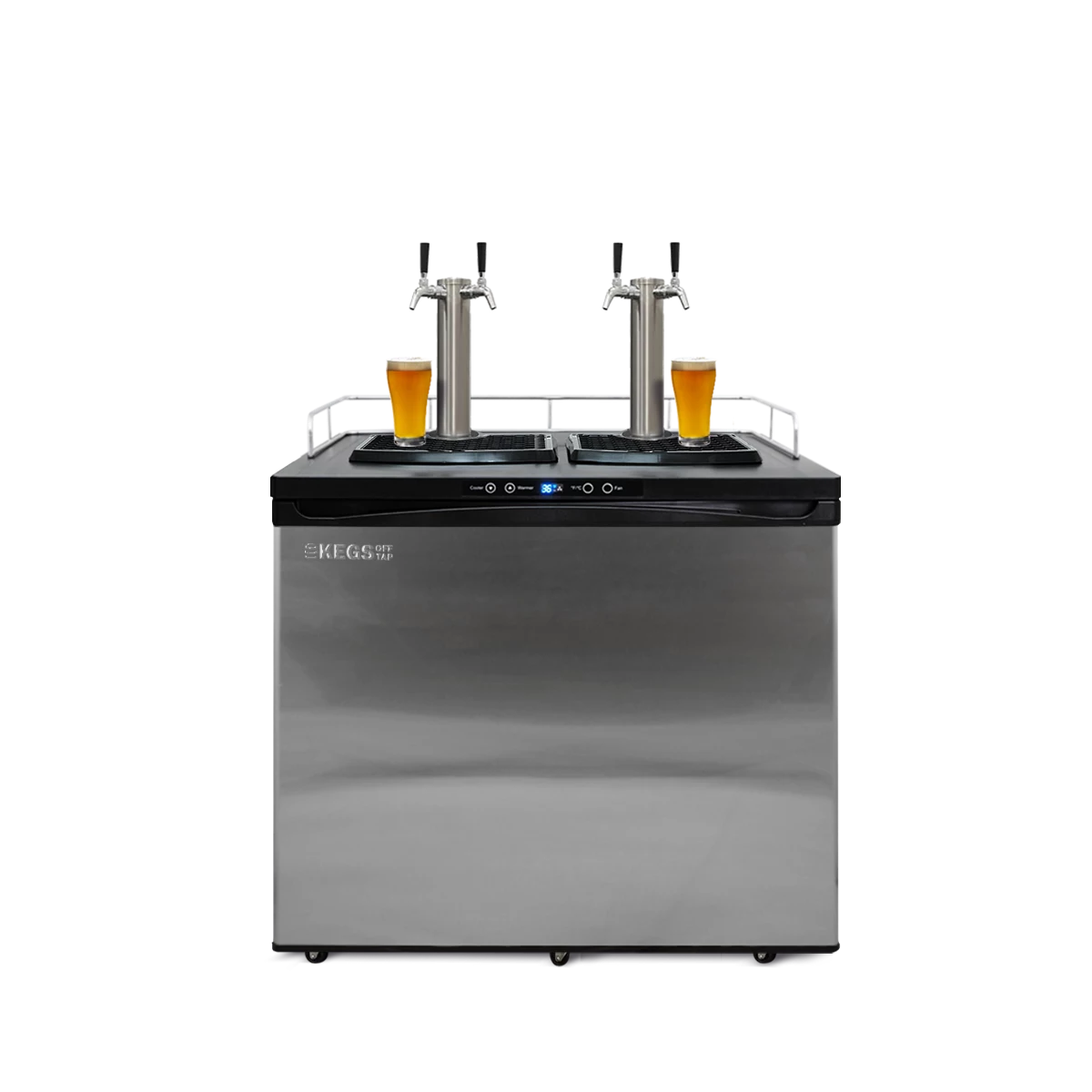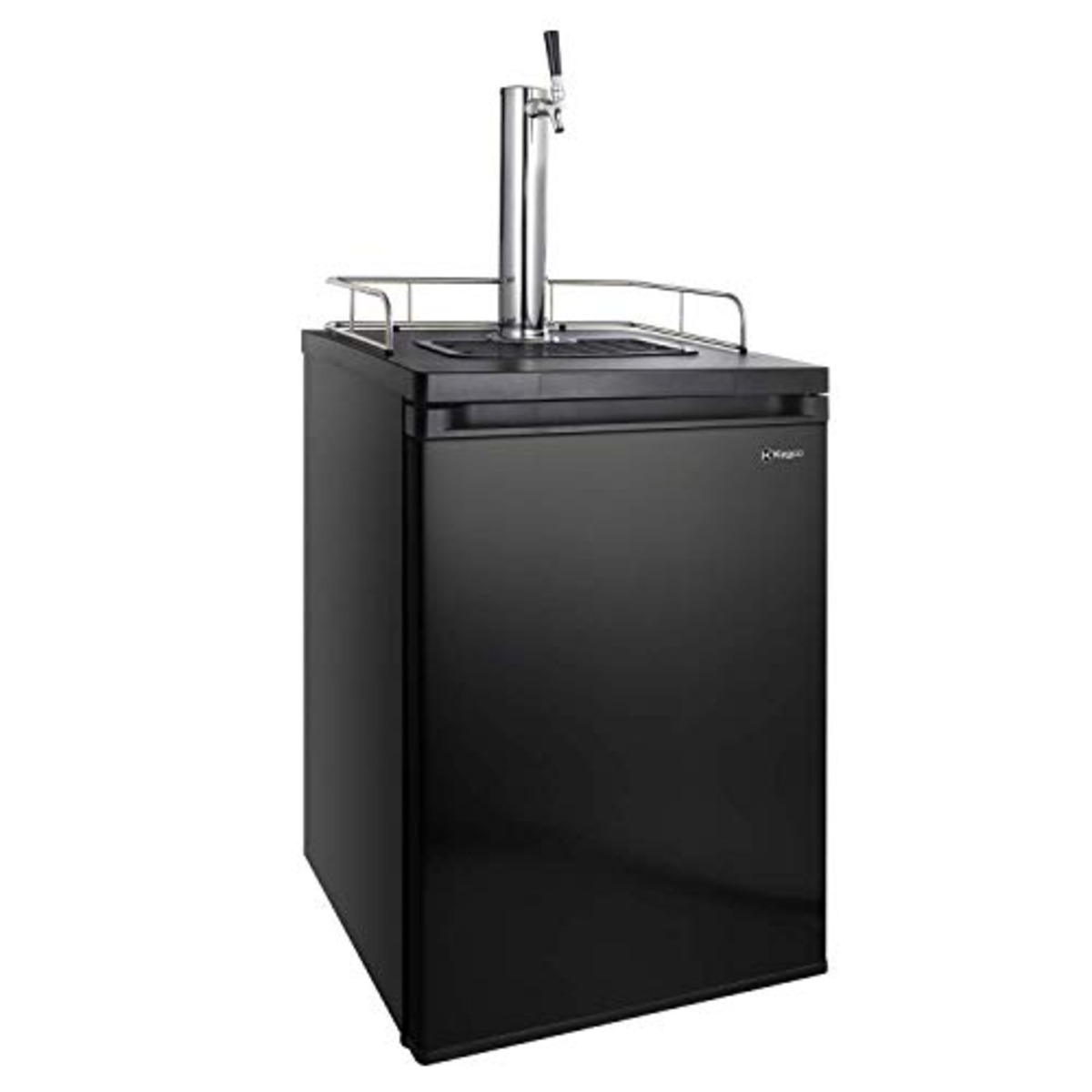Home> Draft Beer System
Draft Beer System: Ultimate Guide to Perfect Pours
Discover all about Draft Beer Systems: from the essential components to maintenance tips. Master the perfect pour and enhance your brewing experience.
How To Create Your Very Own Guinness Kegerator
By: Daniel Carter • 100 Best Kitchen Furniture To Make Your Cooking Hassle-Free
How To Fill A Growler Using Your Kegerator
By: William Harrison • 100 Best Kitchen Furniture To Make Your Cooking Hassle-Free
